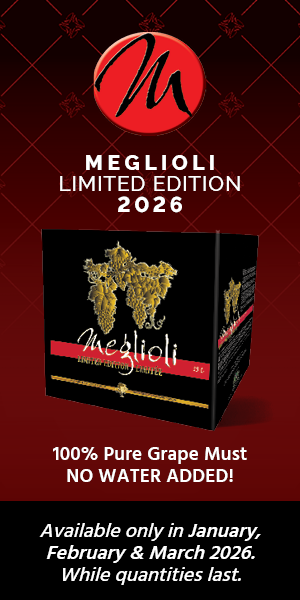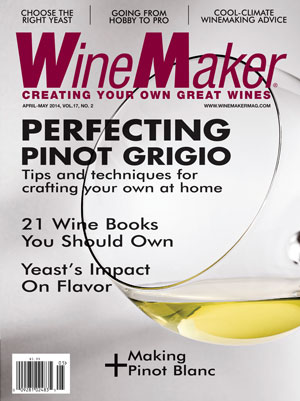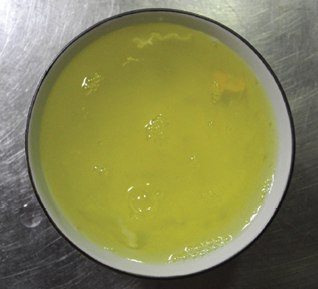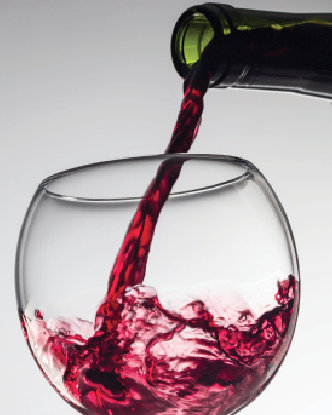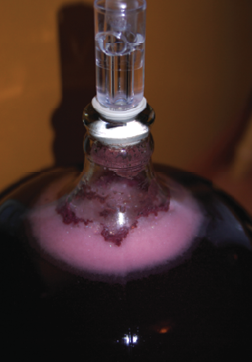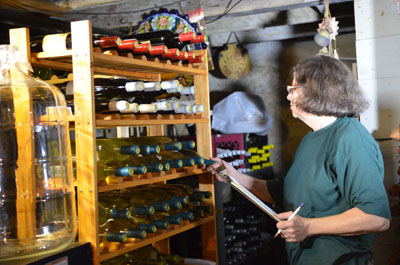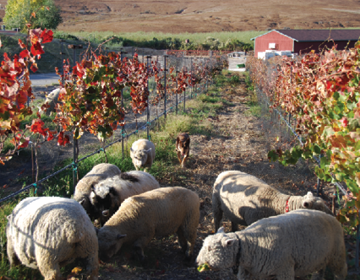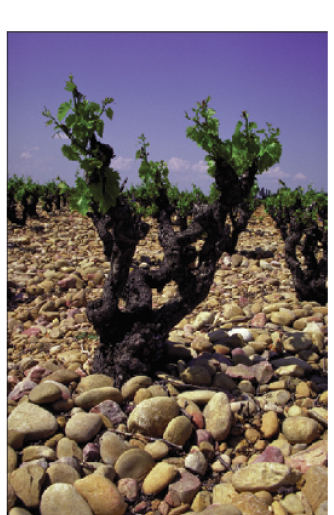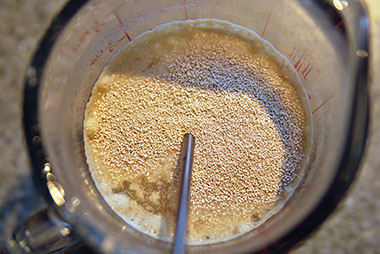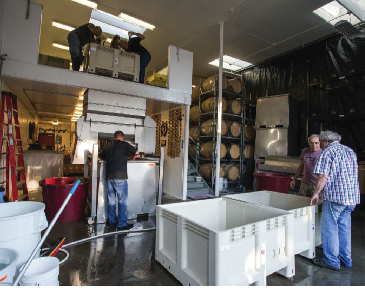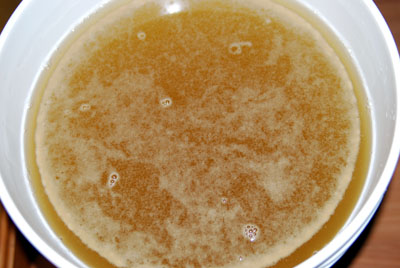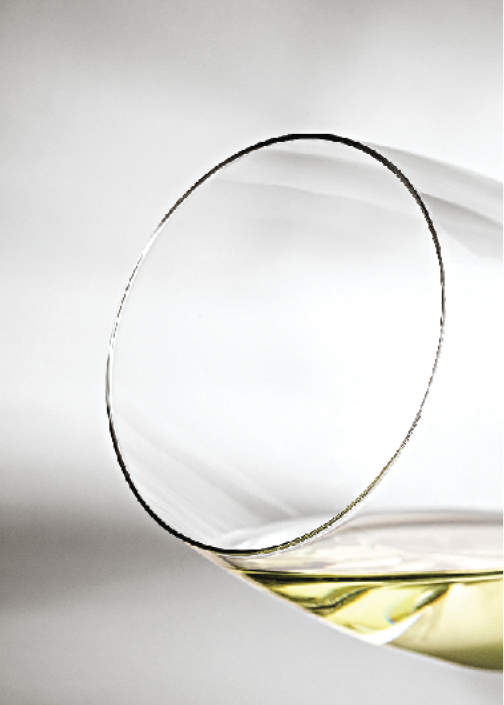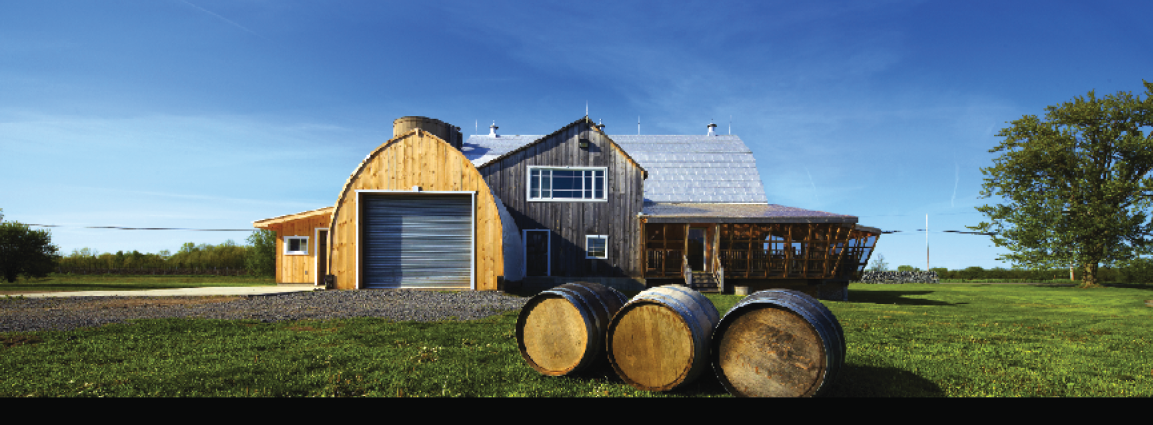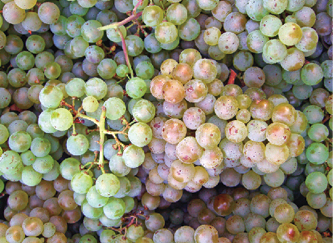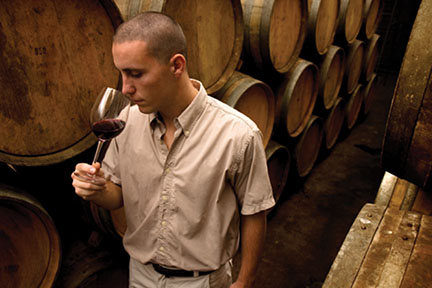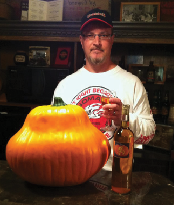Apr-May 2014
Egg White Fining
An introduction to fining wine with egg whites.
Minerality in Wine
Terms such as “mineral taste” and “minerality” have entered the modern wine lexicon and into common usage probably by traditionalists in an attempt to link the equally ill-defined concept of terroir to
Cooking With Wine
Making a red wine reduction is a great way to create a concentrated, flavorful sauce! I do it frequently myself when I’m cooking and it works great with red, white or sweet
Using Tartaric Acid
I absolutely recommend that you bring your TA up and your pH down after MLF is complete. This is best accomplished by tartaric acid, because wine bacteria will not consume tartaric acid;
Stuck Fermentations, Using Tartaric Acid, and Cooking With Wine
I find that when sugar is that low, the process of re-starting actually lowers the overall quality and you’re better off bottling slightly sweet (sterile filtered).
Sustainability Made Easy: Critters chasing critters
Adding certain animals to your vineyard can encourage biodiversity and improve yields.
Managing Minerals in Winemaking
Mineral deficiencies or excesses can become sources of frustration for amateur winemakers because minerals, metals, and other ionic substances cannot be easily measured and their role in biochemical and chemical reactions can be quite complex. So where do these substances come from and how can they be best managed in a home winery?
Pairing Yeast with Grape
Start with the grapes. Whether you make wine at home from fresh grapes, juice, or frozen must, there are many influences over the quality and character of your wine. Grape variety itself
Making the Transition from Home Winemaker to Pro Winemaker
In the life of the amateur winemaker, there may come a time when the idea of starting a commercial winery pops up. Making wine can be a gratifying and engaging career, so
Yeast Impact on Wine Aroma and Flavor
If you are of the opinion that yeast selection does not matter and that the only role of yeast is to convert sugar into ethyl alcohol (ethanol), you may have been missing out on making more complex wines.
Perfecting Pinot Grigio
Pinot Grigio is everywhere, flooding every supermarket wine aisle and all over the wine lists at restaurants that don’t give much thought to their wine lists. It’s the single biggest (by volume)
Cool Climate Winemaking Tips from Ontario
There is no better way to get to know a wine region than paying a visit and chatting up the winery management and their staff. It is then that you can learn
Pinot Blanc: A grape with an identity crisis
Pinot Blanc — one of the offspring of Pinot Noir — is waiting for its 15 minutes of fame to come around.
Stuck Fermentations
Unfortunately, there are hundreds of possible causes of stuck and sluggish fermentations, and sometimes, even after careful investigation, we still can never understand what the cause may have been. With Mother Nature
Wine Evaluation: Tips from the Pros
To make good wine one must understand what good wine is and, alternatively, understand and be able to detect wine faults. Anyone can learn to evaluate wine, and as a winemaker it
Pumpkin Wine
A recipe for pumpkin wine.
Sluggish Fermentations — Cabernet Franc
See my response here regarding general information about stuck and sluggish fermentations. Your wine is a lot closer to dryness (essentially 0 °Brix) than the previous reader’s sweetest lot, so I don’t
